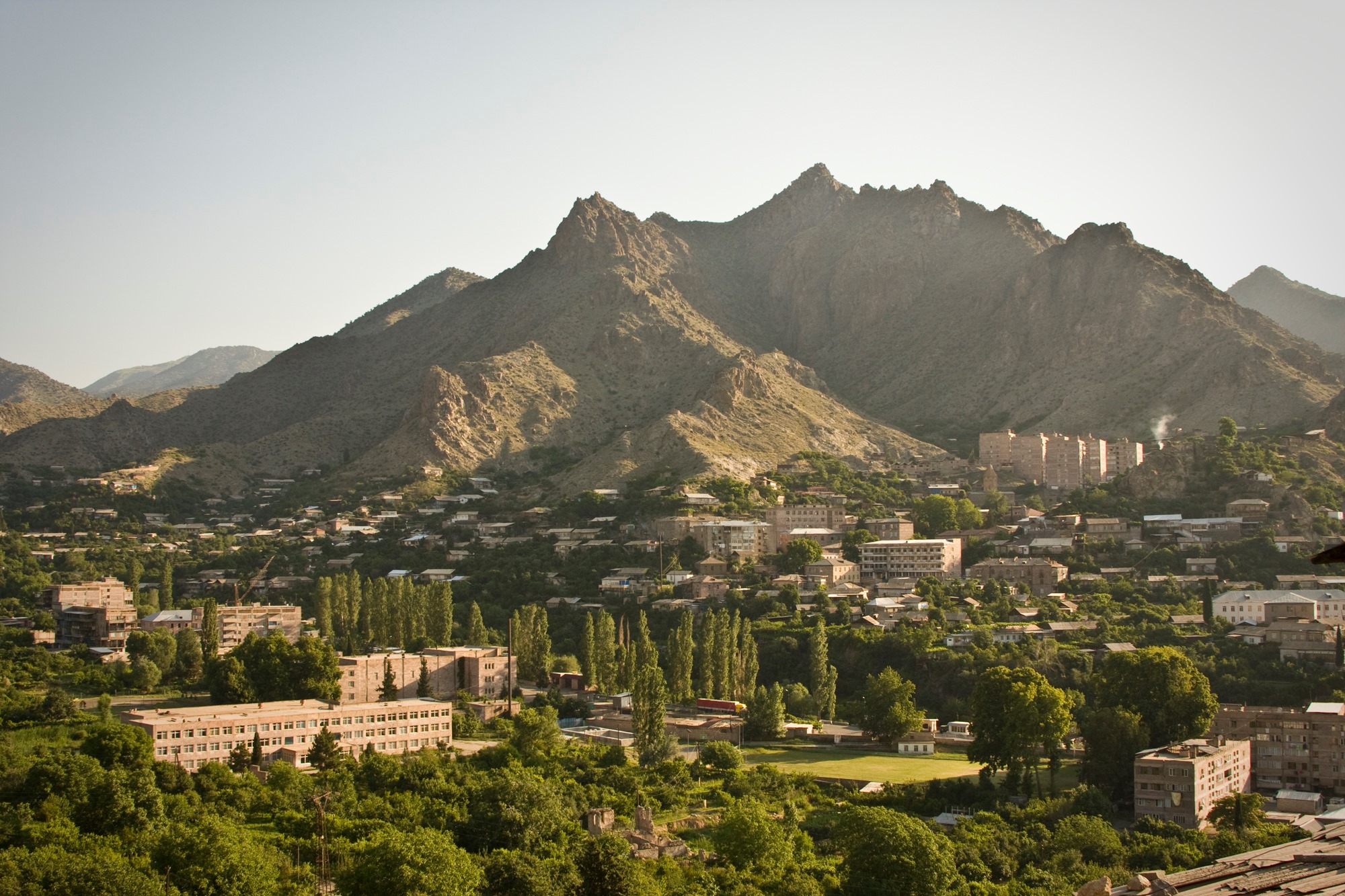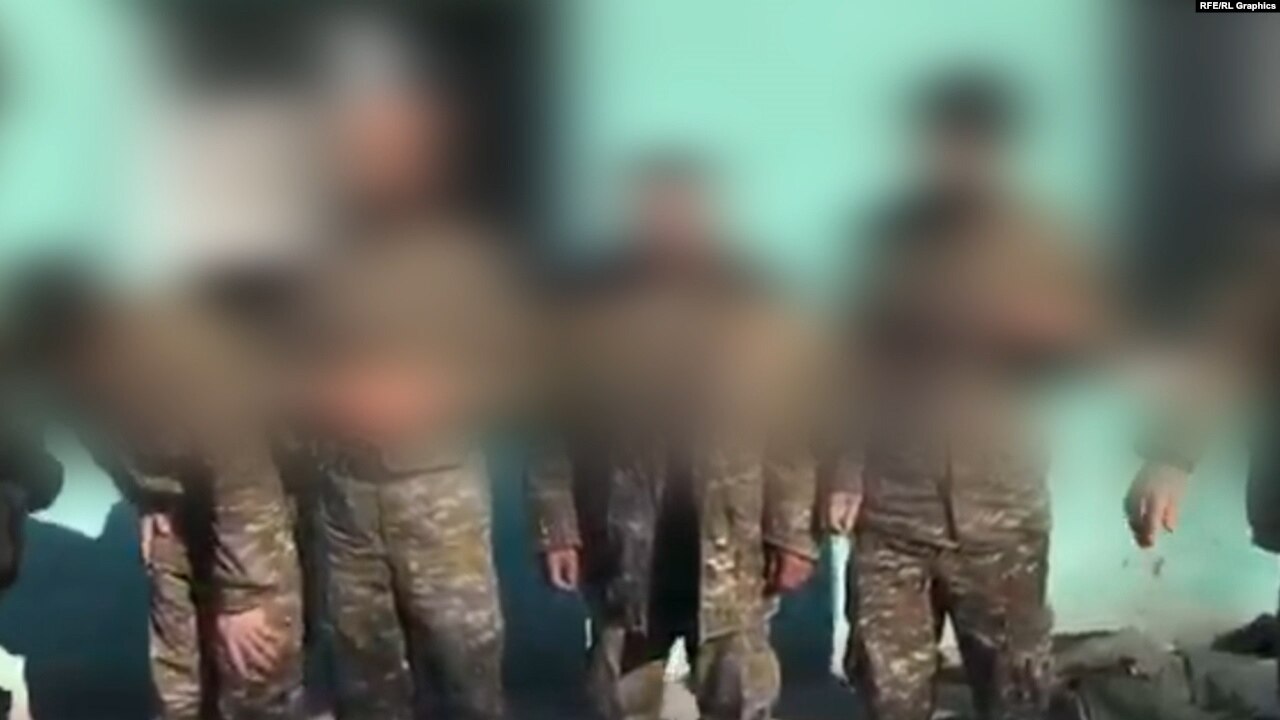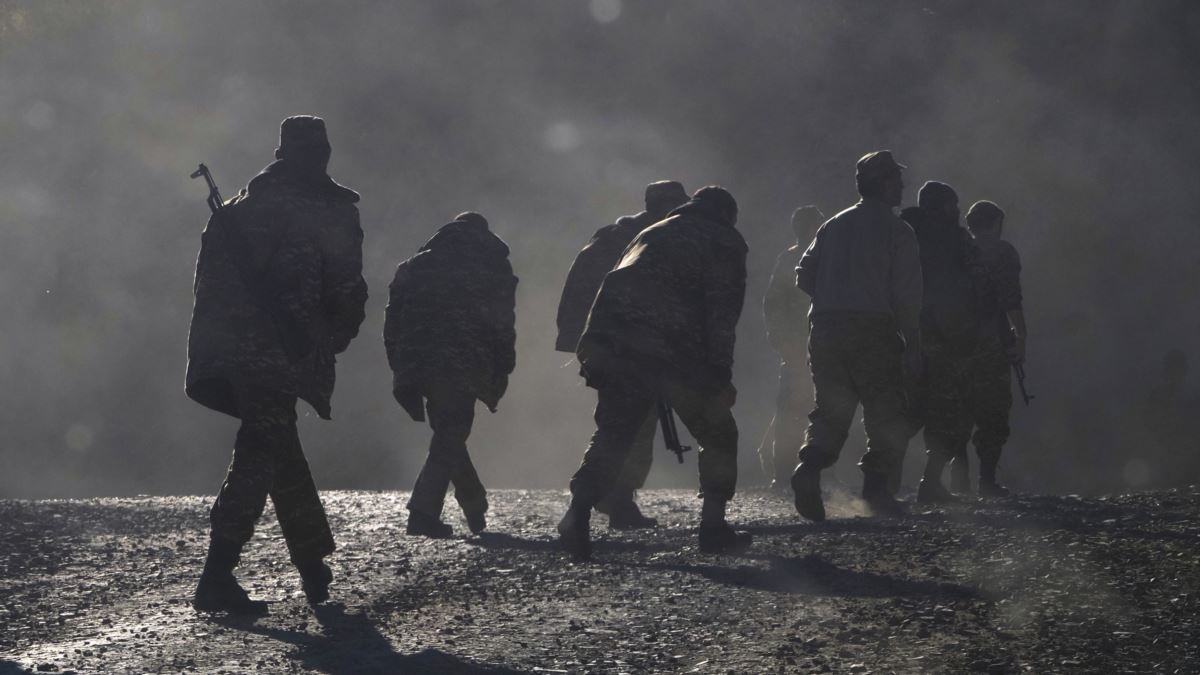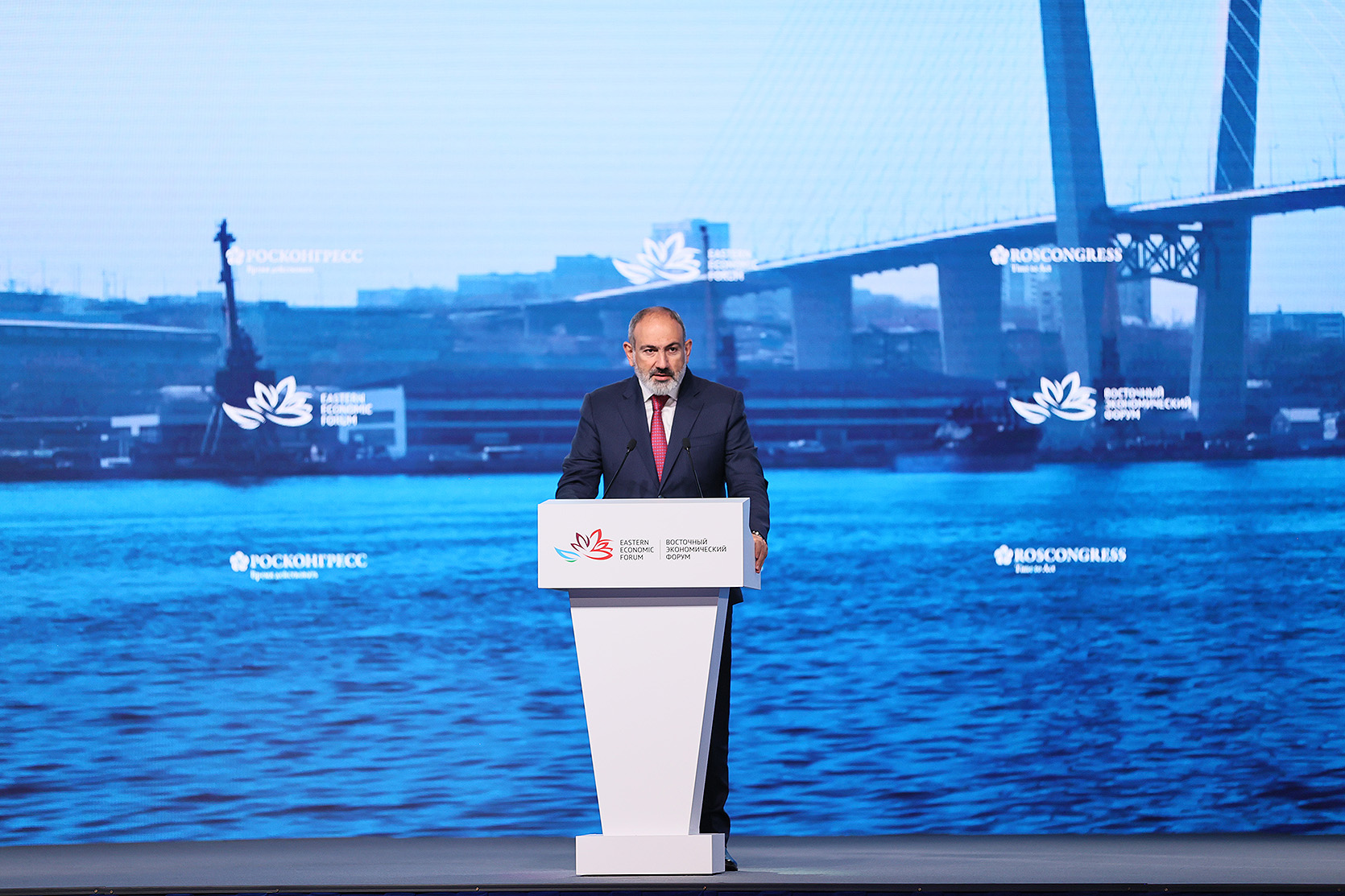The consequences of the "new war" in Ombudsman of Armenia's report
Consequences of the war on the Armenia-Azerbaijan border
“At least 7,600 people, including 1,437 children and 99 people with disabilities, were forced to leave their homes in the Gegharkunik, Syunik and Vayots Dzor regions of Armenia after the latest Azerbaijani aggression,” according to the ombudsman’s office regarding the events on September 13-14.
The Office of the Human Rights Defender published an extraordinary report on the consequences of hostilities on the Armenian border. The report presents cases of torture of Armenian prisoners of war, abuse of the bodies of the dead, destruction of civilian infrastructure, and shelling of hospitals, schools and kindergartens.
Human rights advocate Kristine Grigoryan appealed to Human Rights Watch with a request for a mission to study the situation.
Details from the report of the Armenian Ombudsman on new prisoners of war Baku, the torture of a female soldier, dead and injured civilians, and those who were forced to leave their homes.
Data from the ombudsman’s office on victims, injured and displaced people
The Ombudsman’s report “includes gross violations of human rights recorded during, and as a result of, the attack by the Azerbaijani Armed Forces, war crimes committed thereby, and presents factual evidence thereof, including photo and video materials.”
Here is an excerpt from the report prepared by the ombudsman’s office:
- “By violating international humanitarian law, the Azerbaijani military deliberately delivered a direct blow to the civilian population and vital civilian infrastructure.
- On September 14, one civilian (Kh.G., born 1994) died in mine explosion used by the Azerbaijani armed forces in the Noravan community of the Syunik region. Eight civilians were injured.
- At least 7,600 people were forced to leave their homes in the Gegharkunik, Syunik and Vayots Dzor regions. Some citizens could not be evacuated due to health or disabilities.
- Due to Azerbaijani aggression people were forced to leave their homes, leaving behind personal belongings, documents, and pets. The normal course of people’s lives was disrupted.
- In the Sotk community alone, 200 houses were damaged, 50 of which were completely destroyed.
- The Azerbaijani military also fired on ambulances.
- They deliberately opened fire on a group of Armenian and foreign journalists (with distinctive PRESS signs). There were no casualties.
- Children’s rights to life, health, living in a safe and secure environment, and a number of other rights were violated.
- Children were also deprived of the right to education. Bombing was carried out during the hours of schools and kindergartens. In some cases, schools and kindergartens were directly targeted.
- The rights of people with disabilities were violated, including the rights to life, security and protection of health, which are the requirements of international humanitarian law and the Geneva Convention.
- Vital infrastructure facilities were damaged, in particular gas pipelines and high-voltage power lines.
- The sanatorium of the city of Jermuk was bombed. Apparently, this attack had the intention of damaging its tourist rating.
- Damage done to the environment: fires broke out in the fields of Ishkhanasar, in the mountains of Vardenis, in the forests of Jermuk.”
The ombudsman’s office reports that the report also cites cases of torture and inhuman, degrading treatment of Armenian soldiers, as well as desecration of the bodies of the dead. These facts are included in sections that are not subject to publication and have already been submitted to “competent international organizations.”
“Psychological support is equally important”
According to human rights defender Kristine Grigoryan, in the course of studying the situation they met with employees of state institutions who “took an inventory of needs”. She believes, however, that government agencies are not giving due attention to psychological support. In this regard, the ombudsman’s office is “actively working to mobilize a team of psychologists.”
“We often focus on physical infrastructure, but the psychological state of people is much more important for a quick recovery,” she said.
“Information about prisoners is transferred to the Red Cross”
After the September hostilities new Armenian prisoners appeared in Azerbaijan. The Ombudsman says that according to information provided by their relatives and the work done by the defender’s office, sixteen soldiers have been identified.
“We immediately sent information to the Red Cross, and shared our data with the office of the representative of Armenia on international legal issues, so that he could apply to the European Court of Human Rights for urgent action,” Grigoryan said.
According to the Ombudsman, the data on the number of prisoners can change rapidly, as new videos and evidence appear. She adds that “we cannot be sure of the provision of medical care to those who are injured.”
In recent days Azerbaijani social media users have been sharing a video showing how a wounded Armenian soldier, David Gishyan, is being treated. His body was among the bodies of 32 soldiers returned to Baku after the ceasefire. Armenian human rights activists claim that there is factual evidence that David Gishyan was killed whilst in captivity.
“Established contact with an Azerbaijani colleague”
According to Kristine Grigoryan, flooded with information on human rights abuses she contacted the Commissioner for Human Rights of Azerbaijan:
“I presented the disturbing facts and asked for a conversation, a discussion, some communication. I still have not received an answer.”
“The allegeations of cruelty were transferred to the competent authorities”
Kristine Grigoryan also talked about the photos and videos showing the torture of an Armenian prisoner of war and abuse of her body, which were distributed on social networks.
“The video, commented on by medical professionals, has already been sent to the relevant commissions and working groups of the UN and the Council of Europe. And I will consistently work in this direction, ensuring that it is properly assessed,” said the human rights defender.
The Ombudsman called on journalists and social media users to remove such videos from their publications and pages and not to help “Azerbaijani propaganda of hatred.”
“A female soldier and members of her family have the right not to be a target, respect for their inalienable right to protect their dignity,” a message distributed by the ombudsman’s office reads.
The Ombudsman vows that the actions of the Azerbaijani armed forces and the grisly consequences of the war on the Armenia-Azerbaijan border are being documented, analyzed and presented to international organizations. The same materials were submitted for investigation to the law enforcement agencies of Armenia.
Consequences of the war on the Armenia-Azerbaijan border






















